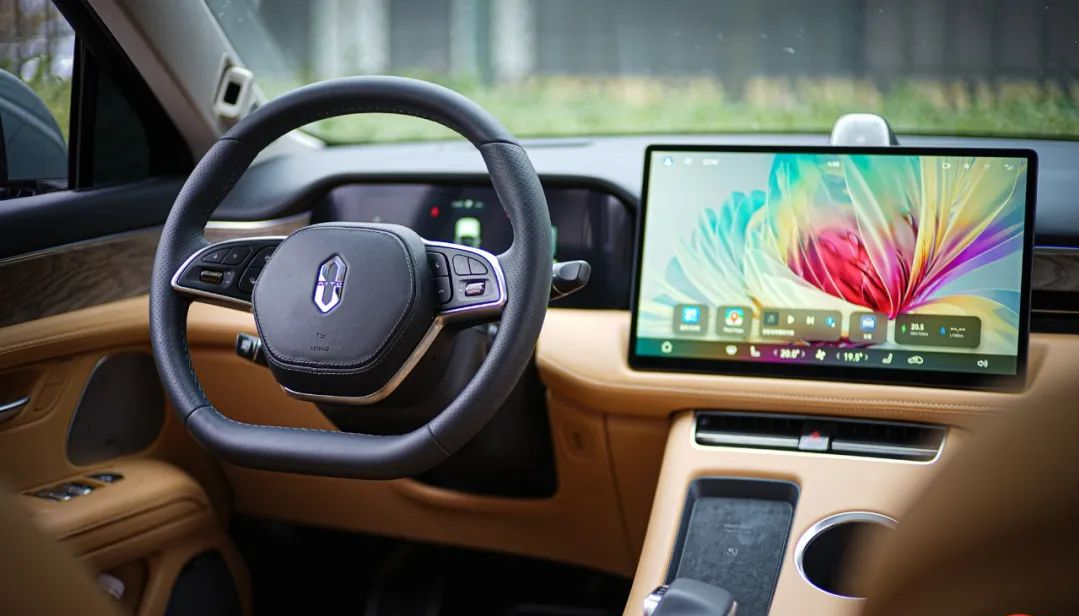Author: Mr.Yu
Someone asked me before: isn’t the cockpit of a smart car just a “stuffed” tablet?
But is that really the case? Let’s take a look at a video first.
So why does the AITO 问界 M5’s car system “look like” a tablet? This actually involves two parts: software and hardware.
Cancelled Most Physical Buttons
In the AITO 问界 M5’s cockpit, there are almost no physical buttons except for the steering wheel, window control, and hazard warning lights. There is only an instrument screen and a central control screen, and the shape and size of the central control screen is very similar to that of a tablet.
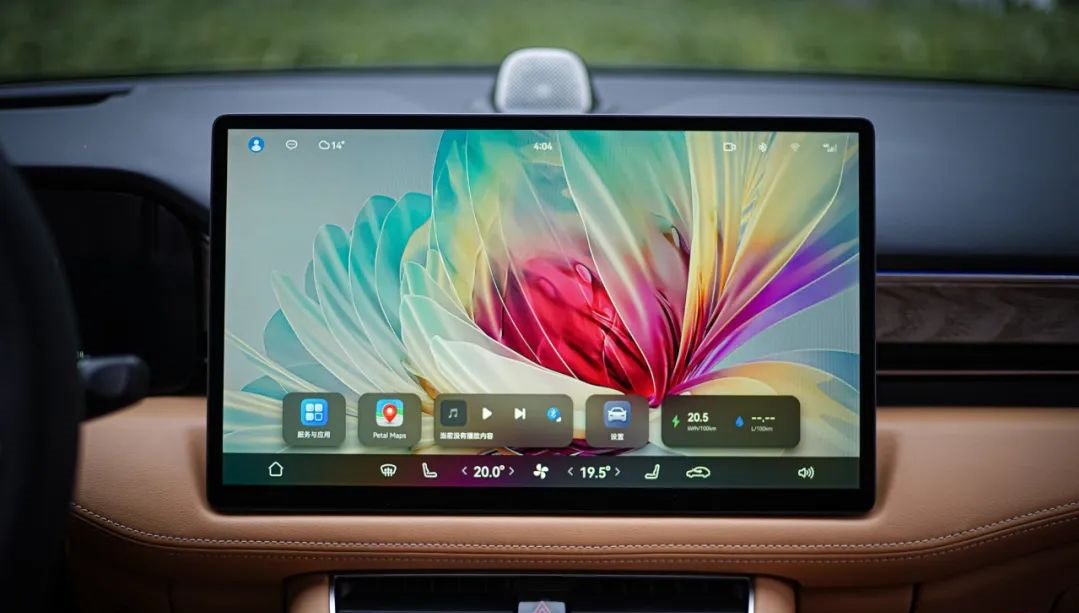
Although more and more brands and models, including Tesla, are adopting this design, it does not necessarily mean that this design direction is completely correct.
Low Learning Cost
Regarding the Hongmeng car OS used in the AITO 问界 M5, its HMI interaction design and UI design are extremely similar to that of the mobile version of the Hongmeng OS, so the software’s visual effects and interaction logic are also very similar to those of a tablet.
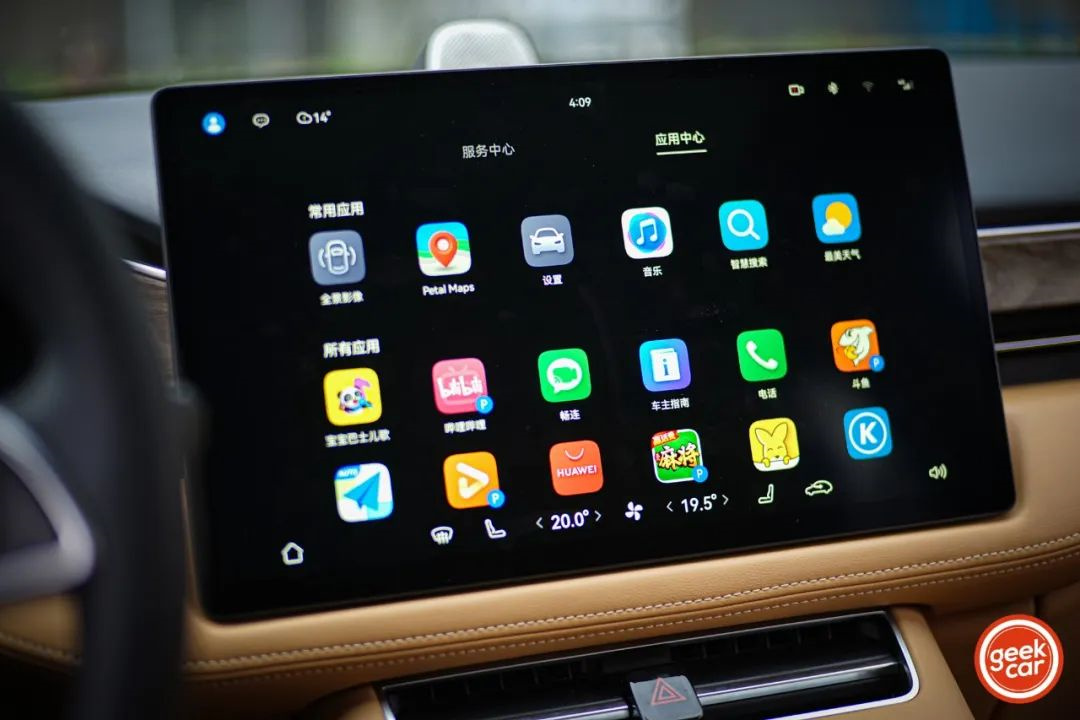
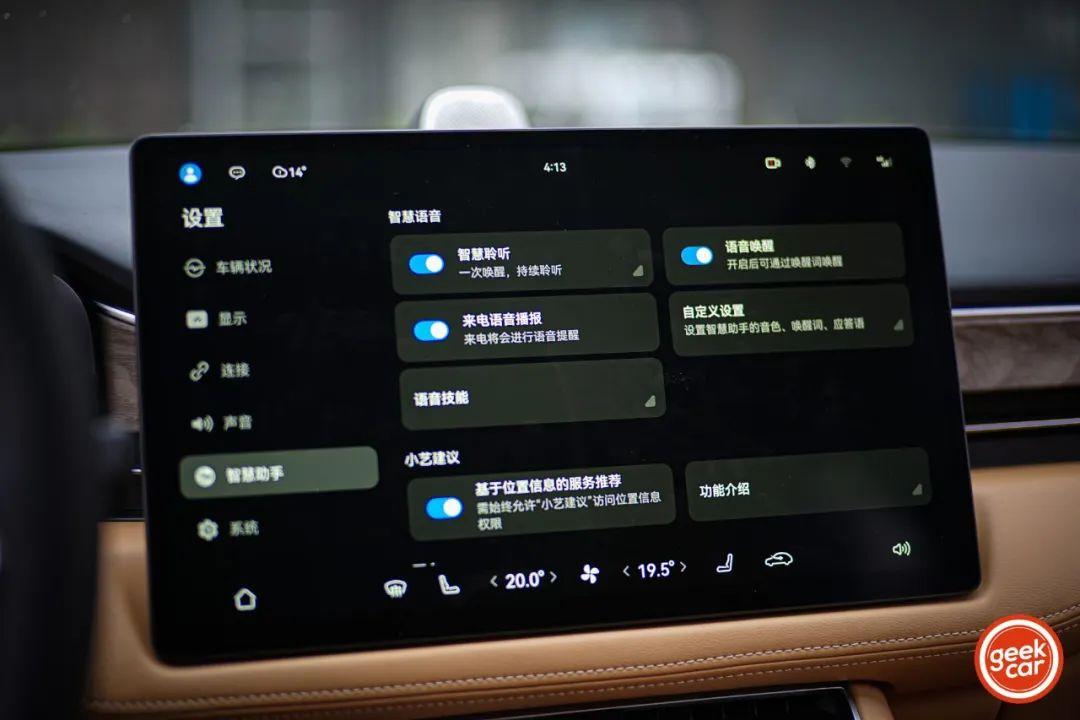
Nowadays, we are used to operating smart phones and tablets, so we already have a basic understanding of the system interface and interaction logic. Therefore, the learning curve is low.
“Adaptation” in Driving Scenarios is Necessary
The homepage of this Hongmeng car OS has multiple wallpapers that can be switched, but except for the Dock and Smart Dock, most of the space cannot be interacted with.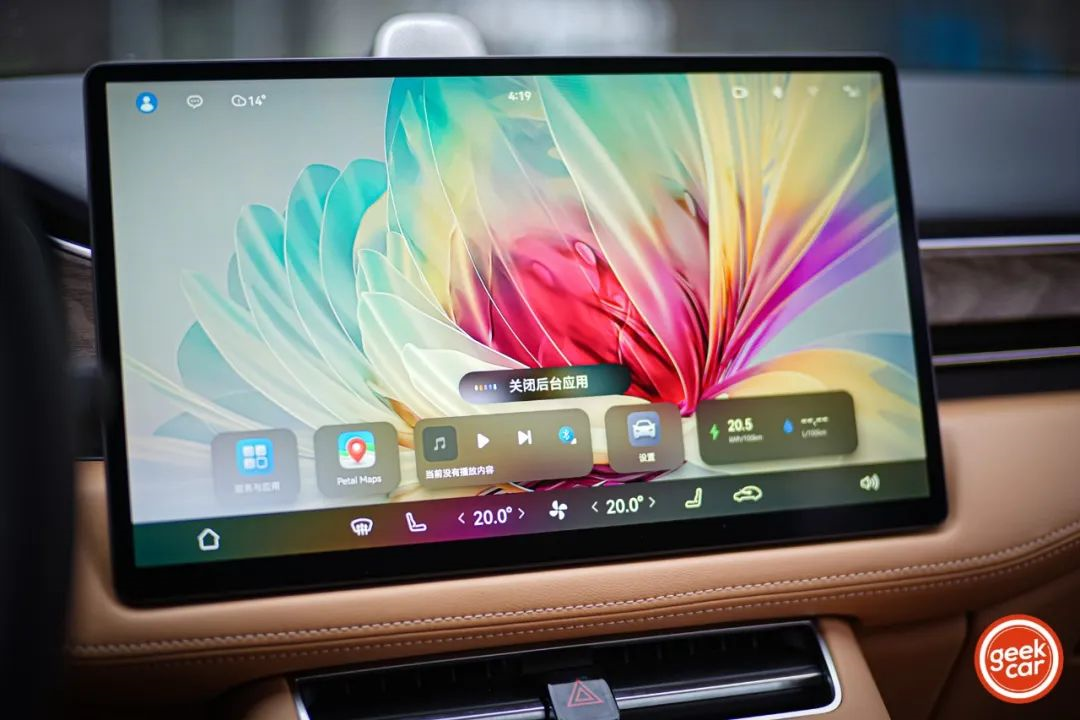
Nowadays, many in-car systems adopt the design of “navigation as homepage”, which presents commonly used functions corresponding to different cards such as content playback and air conditioning. However, the arrangement of function cards and icons in the AITO WENJIE M5 relies on the order of layout, and users have to make trade-offs.
Undoubtedly, the aesthetics of in-car interaction design are expanded on the basis of safe driving and efficient interaction.
For car models with large screens and no physical buttons, this kind of interaction design has no problem for static scene operations. However, it will have a significant impact on operations in dynamic driving scenario when attention is distracted due to frequent screen interaction.
Also, the accuracy and efficiency of the operation will be greatly reduced when driving on bumpy roads.
Therefore, AITO WENJIE M5’s HarmonyOS in-car OS must make sufficient “adaptation” in HMI interaction design for driving scenarios.
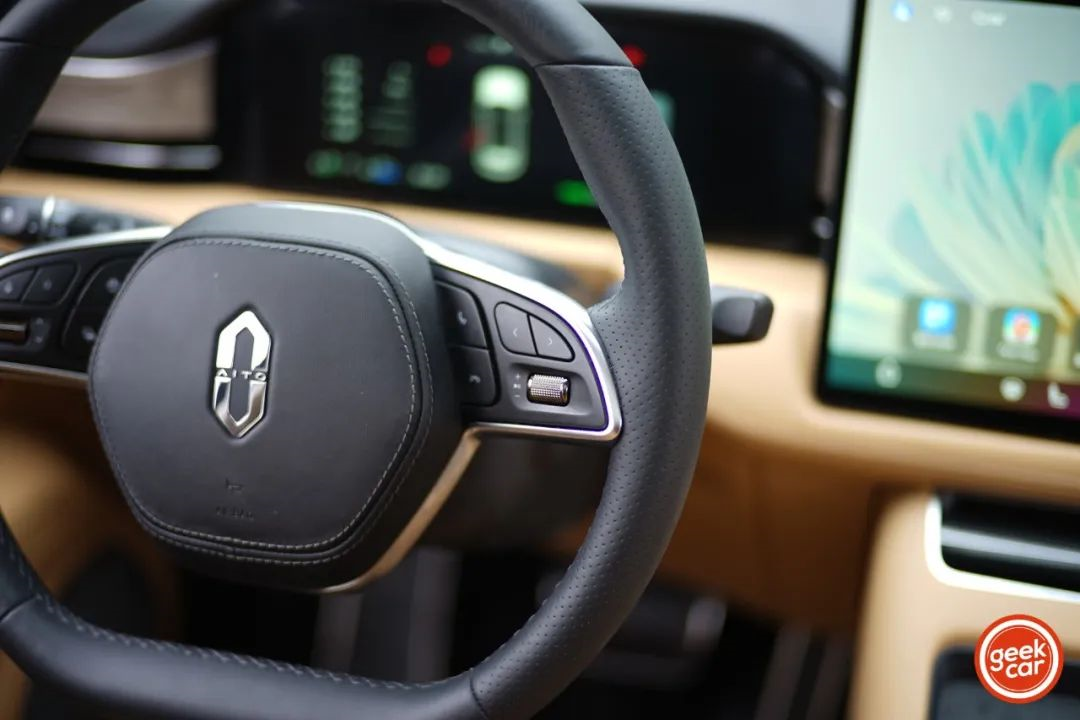
As of now, the main interactions and information within the HarmonyOS-based in-car OS have been arranged within a suitable range for drivers’ interaction and observation, which is also a difference between the HarmonyOS-based in-car OS and mobile device OS.
This design can minimize the driver’s interaction time and scanning time with the screen as much as possible while being equipped with a central control large screen and canceling a large number of physical buttons, enabling the driver to complete interaction and information acquisition quickly and focus on driving as soon as possible.
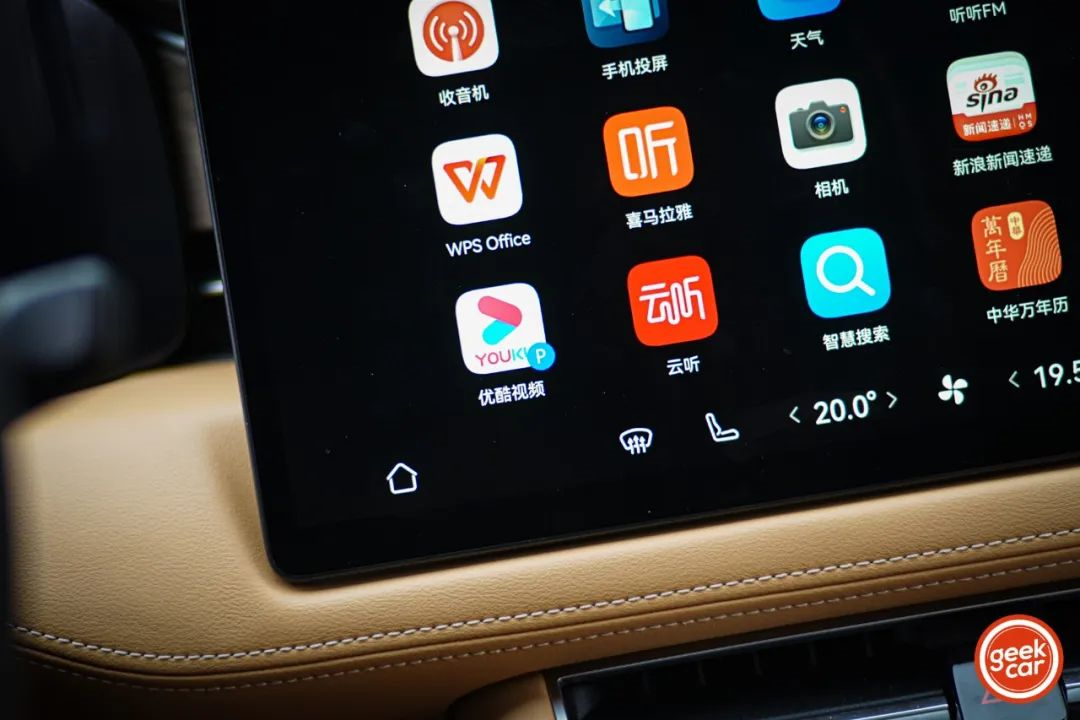
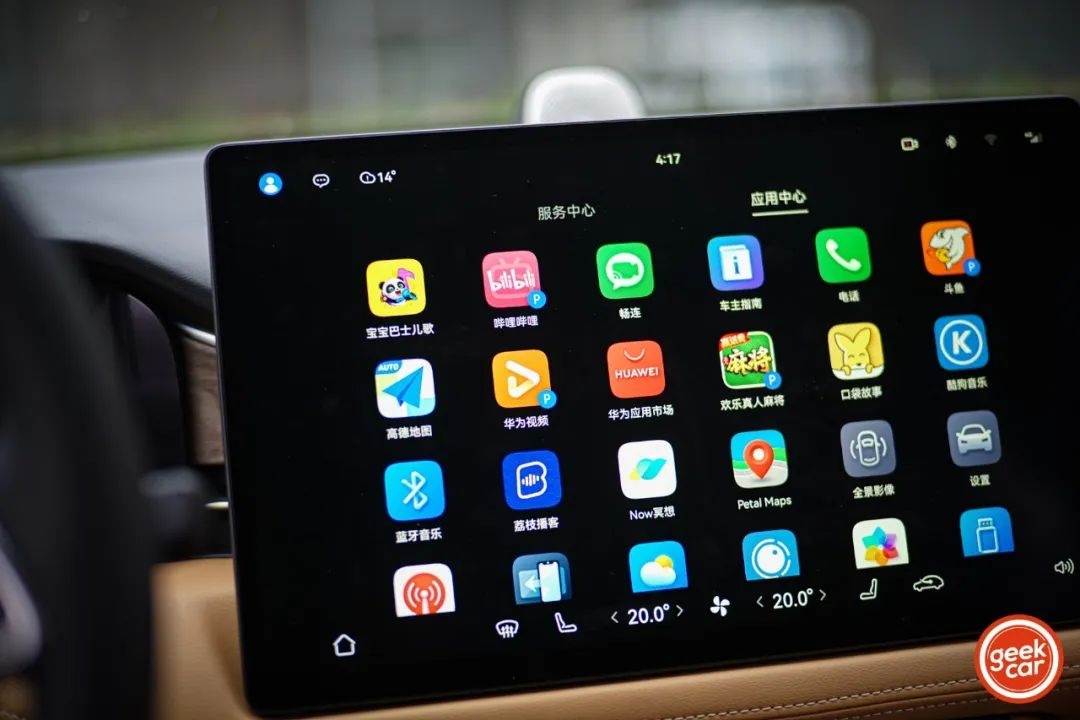
In addition, AITO WENJIE M5 also sets up an application with a “P”, mainly video applications, which can only be used when parking to avoid distracting drivers during driving scenarios.
Combining “soft power” with “hard power”
During the days when I experienced AITO WENJIE M5, the fast response and high fluency of the in-car system left the deepest impression on me. It can be said that it has extremely strong power in the current in-car systems that are based on touch screens.
This kind of experience covers almost all aspects related to interactions, such as application opening and operation, touch interaction, voice interaction, etc.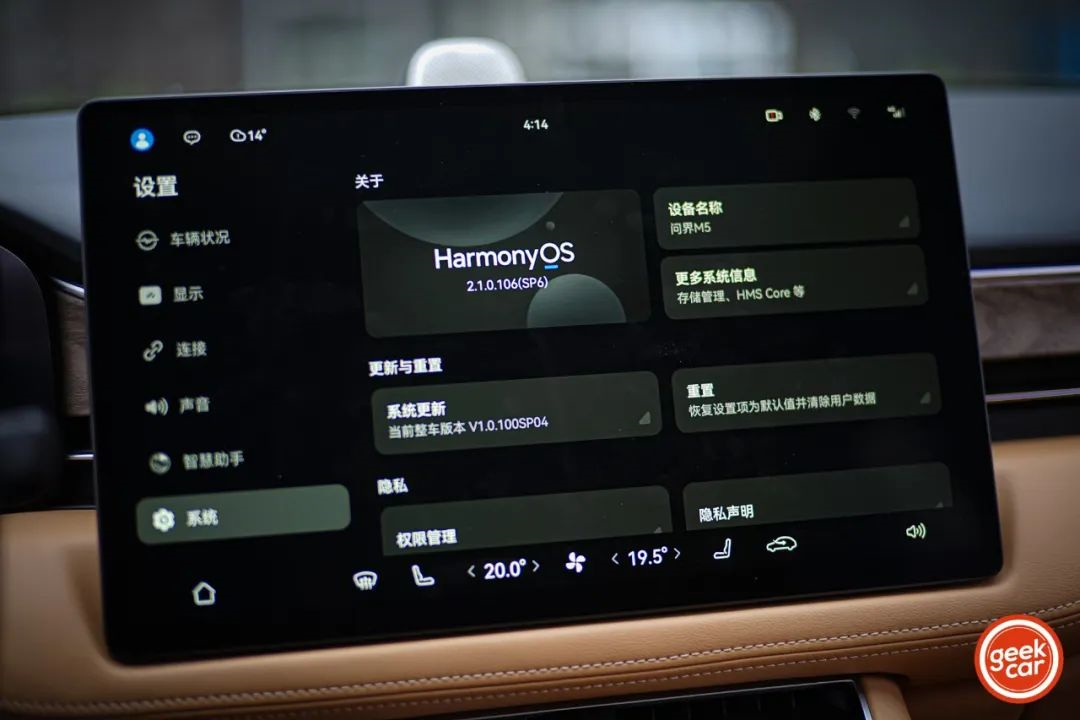
So what’s behind this kind of “fast”?
In people’s usual understanding, the reason behind the “fast” of human-computer interaction interfaces can be basically divided into three types:
-
High hardware redundancy;
-
Simple operation mechanism;
-
Well “optimized”.
In fact, “well optimized” is a very mystical term that can be used to explain many sayings that cannot be answered immediately.
However, in terms of hardware, the cockpit SoC of AITO Q&J M5 adopts Huawei’s Kirin 990A chip, with a computing power of about 3.5TOPS. As a product comparable to Qualcomm 8155, the car-level Kirin 990A chip is mainly used in car cockpit and more suitable for the operation of the Hongmeng ecosystem on the vehicle end.
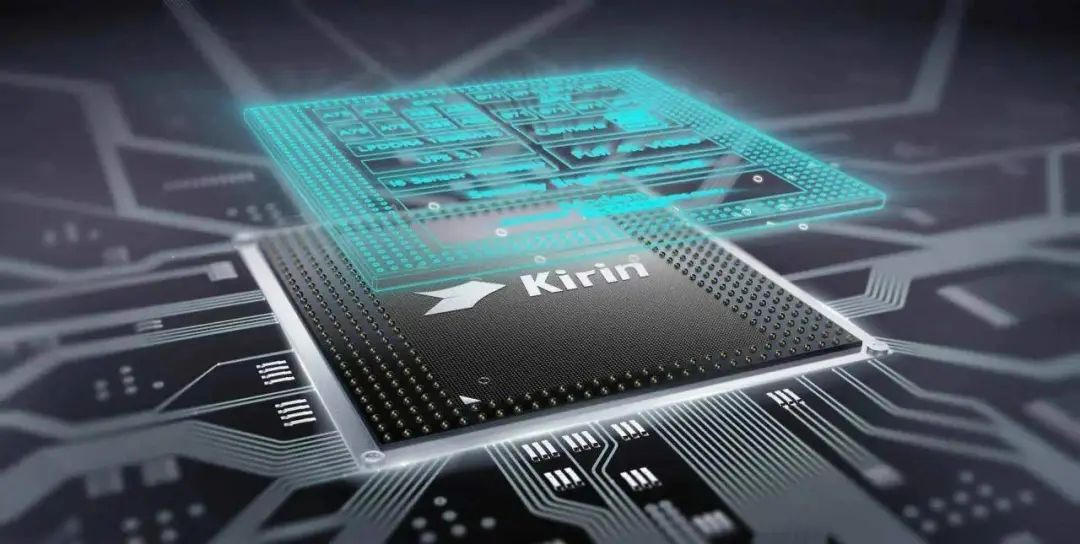
In terms of software, I speculate that the Hongmeng in-car OS has applied Huawei’s “Ark compiler” or “microkernel” technology and architecture.
Speaking of compilation technology, this is a technology that can convert code into machine language. The compiler is the bridge between software and chips, and its performance will directly affect the operating efficiency of the entire system.
As we all know, some mobile devices are “always stuck” due to compilation technology. This is actually related to compilation technology. In the past, the most common approach was to stack configurations and make a lot of hardware redundancy, but this is only a temporary solution.
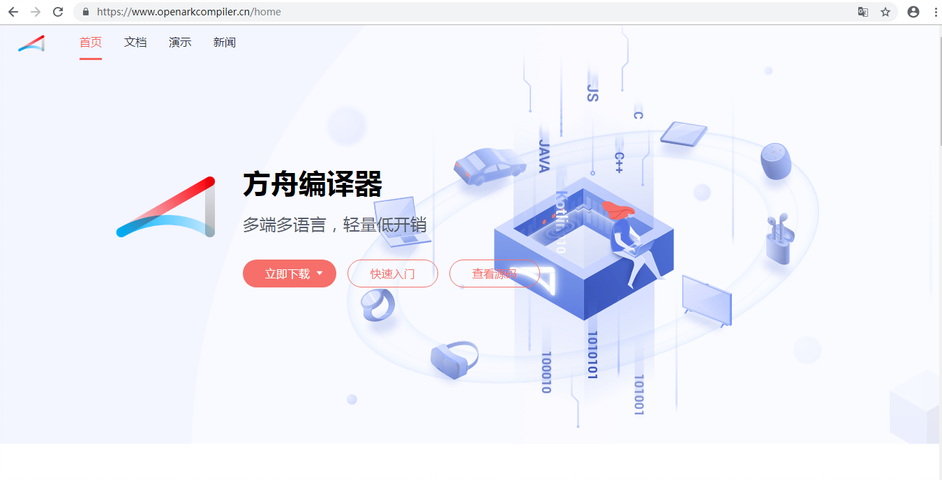
The Ark compiler adopts a brand-new compilation and operation mechanism for all systems and applications, and achieves static compilation of all Java semantics, directly “translating” Java language into machine language (static compilation), eliminating the additional overhead of dynamic compilation of virtual machines, and achieving compatibility with development and operation efficiency.
If the compiler is regarded as a translation, it is like going to a country where the language is not understood. Originally, communication can only be done through simultaneous interpretation (virtual machine), which is inevitably inefficient. Huawei’s Ark compiler is more like giving people language skills directly, so that they can get rid of simultaneous interpretation (virtual machine) and communicate more easily with locals.
Therefore, we believe that the “combination of software and hardware” from Huawei is the reason behind the “fast response” and “smooth interaction” of the Hongmeng in-car OS on AITO Q&J M5.
Finally
Returning to the question of “the smart car cockpit is just a tablet”, it is actually inappropriate, because the driving scene and the use scene of mobile devices have huge differences.Even if some car infotainment systems may look and function like a tablet, without sufficient adaptation for driving scenarios, it can pose significant safety risks to driving interactions.
This article is a translation by ChatGPT of a Chinese report from 42HOW. If you have any questions about it, please email bd@42how.com.
